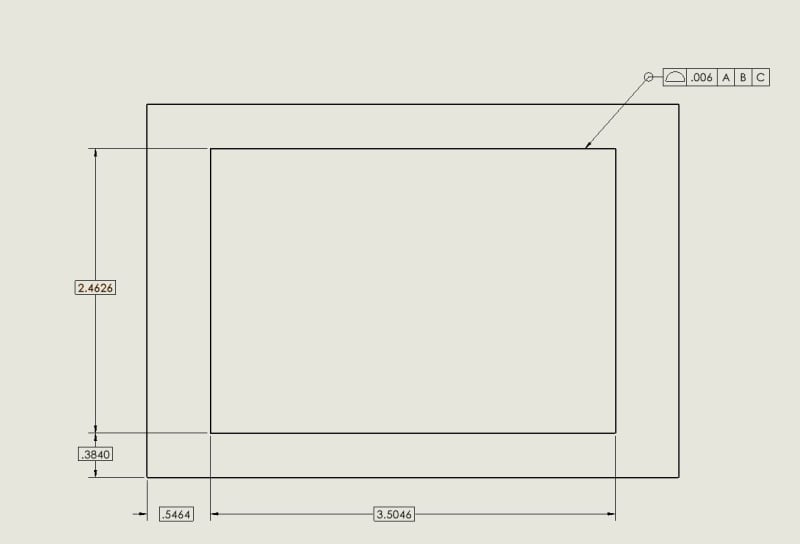MoreCowbell45
Mechanical
- Mar 27, 2024
- 7
Can anyone explain why you would have a 3 place profile tolerance but than all the defining geometry is 4 places. I have yet to try to explain fully why this is a bad practice and it only control you to 3 places. my Peers say to just do it but i believe its not correct. I need more back up information on why its a bad practice.





